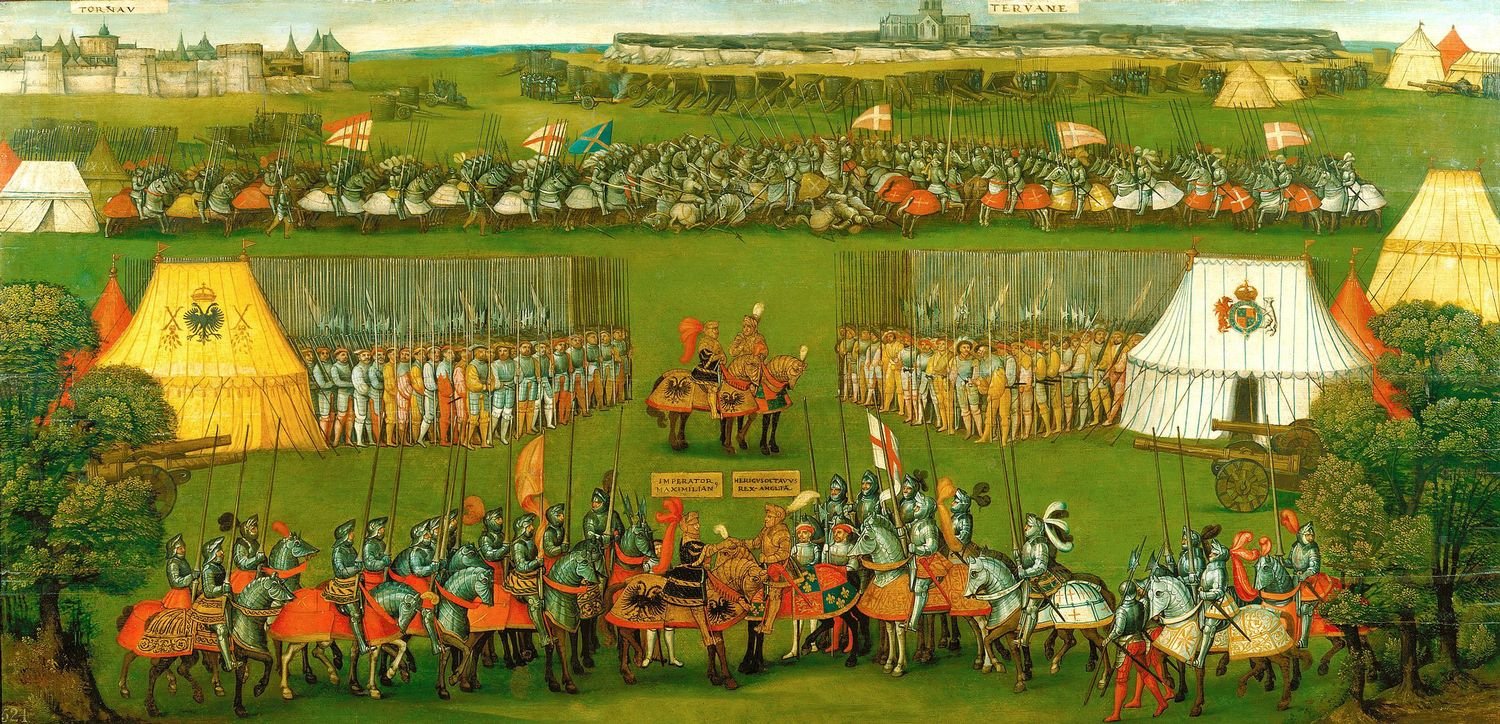
European Armour in the Royal Collection
An introduction to European armour in the Royal Collection.
Cuirassier armour of Henry, future Prince of Wales
about 1607RCIN 72832
Three-quarter length armour worn in the seventeenth century was a descendant of the armour worn by medieval knights on horseback, and as such it evoked idealised notions of chivalry and virtue. The armour was named after the cuirassier – highly paid cavalry, historically drawn from the noble classes, who were trained to charge at the enemy and so needed maximum protection, including the cuirass covering the torso.
This example was given to Prince Henry (1594–1612), the elder brother of Charles I, when he was 13, by the French Prince de Joinville. Armour was an ostentatiously extravagant diplomatic gift – even more so when, like this example, it was for an adolescent prince who would soon outgrow it.
Contemporary miniatures of Prince Henry wearing this armour (RCINs 420642 and 420893) reveal that it was originally white and gold. Ancient armour is highly susceptible to rust, and frequent attempts to remove it over centuries have often meant the original colouration is lost. The blueing which appears today was probably applied in 1902.







